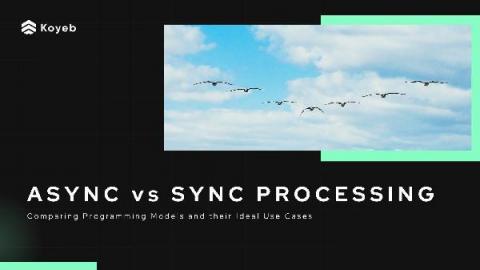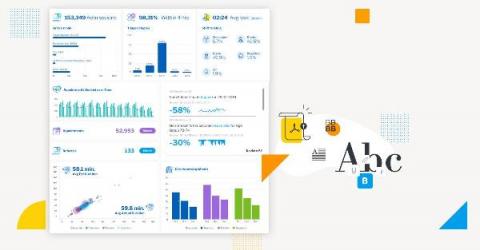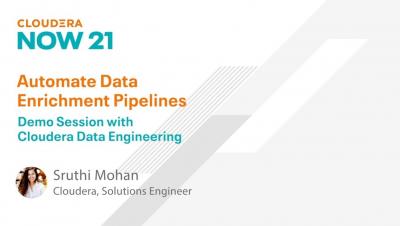Systems | Development | Analytics | API | Testing
%term
The Rise of DataOps: Governance and Agility with TrueDataOps
The velocity of change is accelerating. The rate of change businesses are experiencing is just astounding. As many organizations have experienced during the pandemic, especially in their supply chain, the need for the data environment to be able to deliver faster is now mission-critical for all! We need better data—but at a rate that’s much faster than before. Businesses need their data teams to become more responsive to changing data demands. That means they need agility.
Five Drivers for the Growth of SaaS Analytics
For many businesses in 2020, the increased use of cloud providers and online services has been essential to keeping the lights on in virtual environments. This has prompted companies to overcome the inertia and red tape surrounding SaaS, PaaS and other “aaS” products.
Launching API Programs in Non API-First Companies
Ep. 11: Jeannie Hawrysz, leader of API Programs at SAS Joining us is Jeannie Hawrysz, the Lead API Architect at SAS, a 22,000 person business analytics company. Before that she was an 18-year veteran at IBM and was the Technical Development Manager for IBM’s API Connect Micro Gateway. In our podcast she shares how to successfully launch API programs in non API-first companies.
Introduction to Synchronous and Asynchronous Processing
Synchronous and asynchronous, also known as sync and async, are two types of programming models. At an abstract level, programming models define how software is designed and executed. The basic programming models are synchronous, but asynchronous models are critical for performance reasons and to more efficiently use computing resources. Programming languages usually have built-in primitives to deal with asynchronous programming.
Python Optimization: 3 Easy Steps
Python is one of the best programming resources available for designing machine learning systems. With a variety of technical abilities and potentially time-saving loops and processes, it can be an invaluable tool. However, it’s these capabilities that also make Python difficult to use. In many cases, Python may seem sluggish as it tries to navigate intricate, complicated strings of code.
Analytics best practice: 5 key dashboard design principles
Simply put, a lot of effort is going into creating dashboards that the intended audience don’t even look at. The main purpose of a dashboard is to communicate business data in a visual form that highlights to the reader what is important, arranges it for clarity and leads them through a sequence that tells the story best so they can make better data-led decisions. Design and an understanding of how humans make decisions exist to assist this purpose.
Migrating to Atlassian Cloud with Zephyr Test Management
As you may or may not know, Atlassian is accelerating their journey to Cloud. This has some important implications to anyone who uses Atlassian Server based products, including apps. Read on to learn how we support customers of Zephyr for Jira and Zephyr Scale as they transition to Cloud. As of February 2, 2021, Atlassian customers can no longer purchase or request a quote for new Server licenses. Existing customers can continue purchase Server apps on Marketplace until February 2, 2023.
Multi-layer API security with Apigee and Google Cloud Armor
Information security has become headline news on a daily basis. You have probably heard of security risks ranging from malicious bots used in schemes both big and small, to all-out "software supply chain attacks" that involve large-name enterprises and their customers, and that ultimately affect numerous governments, organizations, and people.











